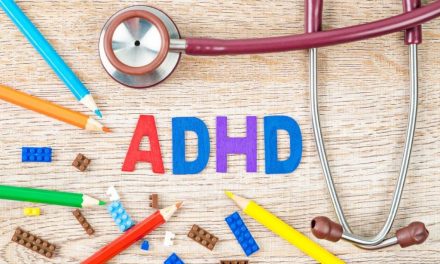Resilience, courage, willpower, masculinity, and invincibility – whether they admit it or not, many modern men strive for these ideals, sometimes to the detriment of their mental health. But when life takes a sudden and devastating turn, such as grappling with a cancer diagnosis and the toll of treatment, this stalwart attitude can leave many feeling isolated and overwhelmed – especially when faced by sudden changes in appearance.
Celebrated as Movember, the month of November shines a spotlight on serious health topics that are especially relevant to men, including mental health and suicide, as well prostate and testicular cancers in particular. Considering the psychological consequences that cancer treatments can have, an important part of this conversation is the impact on self-esteem of losing your hair – a defining feature and a significant part of many men’s identities.
Hair restoration expert Dr Kashmal Kalan, Medical Director of Alvi Armani South Africa, notes, “For many cancer survivors, hair loss is a daily reminder of the immense mental and physical adversity they have faced. They are often eager to get back to life as usual, so coming to terms with the fact that it could take up to two years for their hair to be fully restored to its former glory can be crushing.
“So, like all other parts of the recovery process, managing any hair loss concerns should not be done alone, and a professional guiding hand could make all the difference in accelerating the regrowth process or successfully addressing any long-term impacts on hair.”
The impact of cancer-related hair loss
Hair loss is typically caused by chemotherapy and radiation treatments rather than the cancer itself. Chemotherapy targets rapidly growing cells such as cancer, but also affects other healthy ‘multiplying cells’ such as bone marrow, skin, the lining of the digestive system, and hair follicles, which is why rapid hair loss is common during treatment. Radiation therapy may also cause hair loss when treatment occurs on or close to the scalp.
For many men, hair is intrinsically tied to their sense of masculinity, making its loss a significant blow to their confidence. This psychological strain can lead to increased anxiety and withdrawal from social interactions, creating a vicious cycle where isolation further deepens feelings of despair, affecting relationships and overall quality of life.
While hair typically begins to regrow within three to six months after fully completing cancer treatment, Dr Kalan warns that it’s more akin to a newborn’s hair: thin, sparse, and brittle with a fluffy texture, which may be harrowing for men who are used to a certain level of coverage and density. From here, full restoration requires a lot of effort, and off-the-shelf treatments and home remedies generally do not work.
Dr Kalan explains that there is an additional concern to consider: “Often not discussed during patient cancer treatment consultations is that chemotherapy can accelerate the rate of natural, genetic hair loss. Men naturally begin to experience hair growth pattern changes from around the age of 25 years onwards.
“Take the example of a man with very mild natural thinning at the front of the head. Chemotherapy can almost completely eliminate the already weak follicles, and the hairline might never restore. We typically only pick this up early in the course of the professional treatment process, at which point surgical intervention in the form of a transplant might be recommended.”
Reclaiming your hairline and confidence
In dealing with hair loss, it’s best to visit a trusted, expert hair restoration clinic such as Alvi Armani for a consultation and guidance on what steps to take next, with consideration made for specific cancer treatments, remission, and your mental health.
Dr Kalan notes that, typically, a patient will be eligible for hair restoration with Alvi Armani after around 12 months of remission. The first phase often involves preventative care to ensure the donor and recipient areas are strong and healthy enough to extract and sustain the grafts. A tailored treatment plan is designed using a combination of therapies, including platelet rich plasma (PRP) therapy, mesotherapy, prescription medications or other relevant solutions to promote hair regrowth, enhance blood circulation, and prevent further hair loss.
These treatments apply for both men and women, but men specifically could also receive a Dihydrotestosterone (DHT) blocker to help prevent the conversion of testosterone into the DHT hormone – one of the main driving factors behind male pattern baldness.
“We then gauge how far along the hair has come, emphasising follicle strength, before determining whether further treatment or a transplant will even be required. Our doctors can provide patients with guidance and support each step of the way, helping to restore men’s dignity and vigour for life.”
Finally, Dr Kalan highlights the need for treating physicians and oncologists to drive conversations around hair loss and, critically, discuss how the additional mental and emotional strain can impact the patient’s recovery. “It’s important to make clear that while some hair loss is inevitable, it shouldn’t be too big a concern. Options exist, and patients can visit a hair restoration clinic when the time is right. This will set male patients at ease and relieve some of the pressure they face while they focus on treating and eliminating the disease.”



























